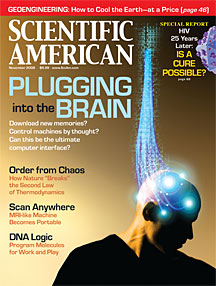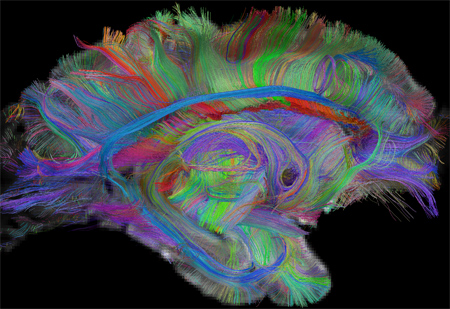Using Neuroscience to Inform Architecture
Monday, June 8th, 2009 An outstanding new book, Brain Landscape, argues that the time is ripe to develop paradigms that deeply integrate neuroscientific insights into architectural design practice and create classrooms that impact the cognitive processes of children, hospital rooms that impact the recovery rate of patients and work environments that improve white collar productivity as well as other spaces that favorably impact the brain.
An outstanding new book, Brain Landscape, argues that the time is ripe to develop paradigms that deeply integrate neuroscientific insights into architectural design practice and create classrooms that impact the cognitive processes of children, hospital rooms that impact the recovery rate of patients and work environments that improve white collar productivity as well as other spaces that favorably impact the brain.
The book is a treasure trove for the cognitive designer. The author, John Eberhard, provides grand vision:
“It seems likely that just as 19th-century physics underlay the development of 20th-century engineering applications, so neuroscience (combined with genetics) will become the basis for new applied science tools in the 21st century. In the next few decades it is likely that the fundamental aspects of neuroscience will become the domain of a new generation of applied social and behavioral scientists, engineers and architects.”
As well as a number of well-grounded hypotheses that are specific enough to guide design work:
“A child provided with a space that is appropriately scaled to his or her size will have an adjusted sense of time and space that leads to reduced stress, greater feelings of security, and increased competence.”
The book is a bit pricey but is available at a modest discount as a Kindle edition.






